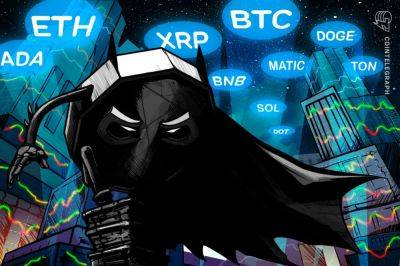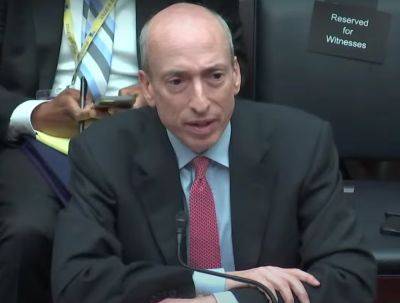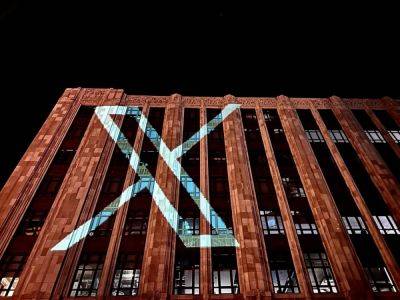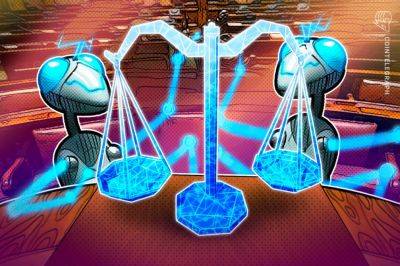Optimism transactions surpass Arbitrum, but what’s behind the uptick in users?
Optimism is a layer-2 scaling solution that operates as a separate blockchain built on top of Ethereum. Despite having a smaller total value locked (TVL) than its rivals, Optimism may still have the potential to thrive in the increasingly competitive decentralized finance (DeFi) landscape.
Being one of the pioneers in the DeFi space, Optimism initially gained an edge but had to contend with fierce competition. The project has been trailing behind other scaling solutions in terms of daily transactions for the past six months. However, in late July, the situation changed, as Optimism finally overtook its main competitor, Arbitrum, and is showing signs of increasing demand from users.
The increase in layer-2 activity on Ethereum has been significant, surpassing mainnet activity by more than four times, according to data from L2beat. Various solutions have emerged to address Ethereum’s scalability challenges, and each layer-2 project focuses on different aspects, such as privacy, specific decentralized applications and nonfungible token marketplaces.
Consequently, the leaderboard of transactions and volumes constantly fluctuates based on demand, and each solution comes with its own advantages and drawbacks.
Optimism operates using rollups, bundling transactions into a single transaction to be executed on the base layer, inheriting all security features from Ethereum. The philosophy behind Optimism assumes that all transactions are valid unless challenged and proven otherwise, allowing for cost-effective and fast transactions for users.
While Optimism and Arbitrum rely on rollups, the core difference lies in Arbitrum’s centralized approach, where a single entity (sequencer) is responsible for submitting fraud proofs. On
Read more on cointelegraph.com






















